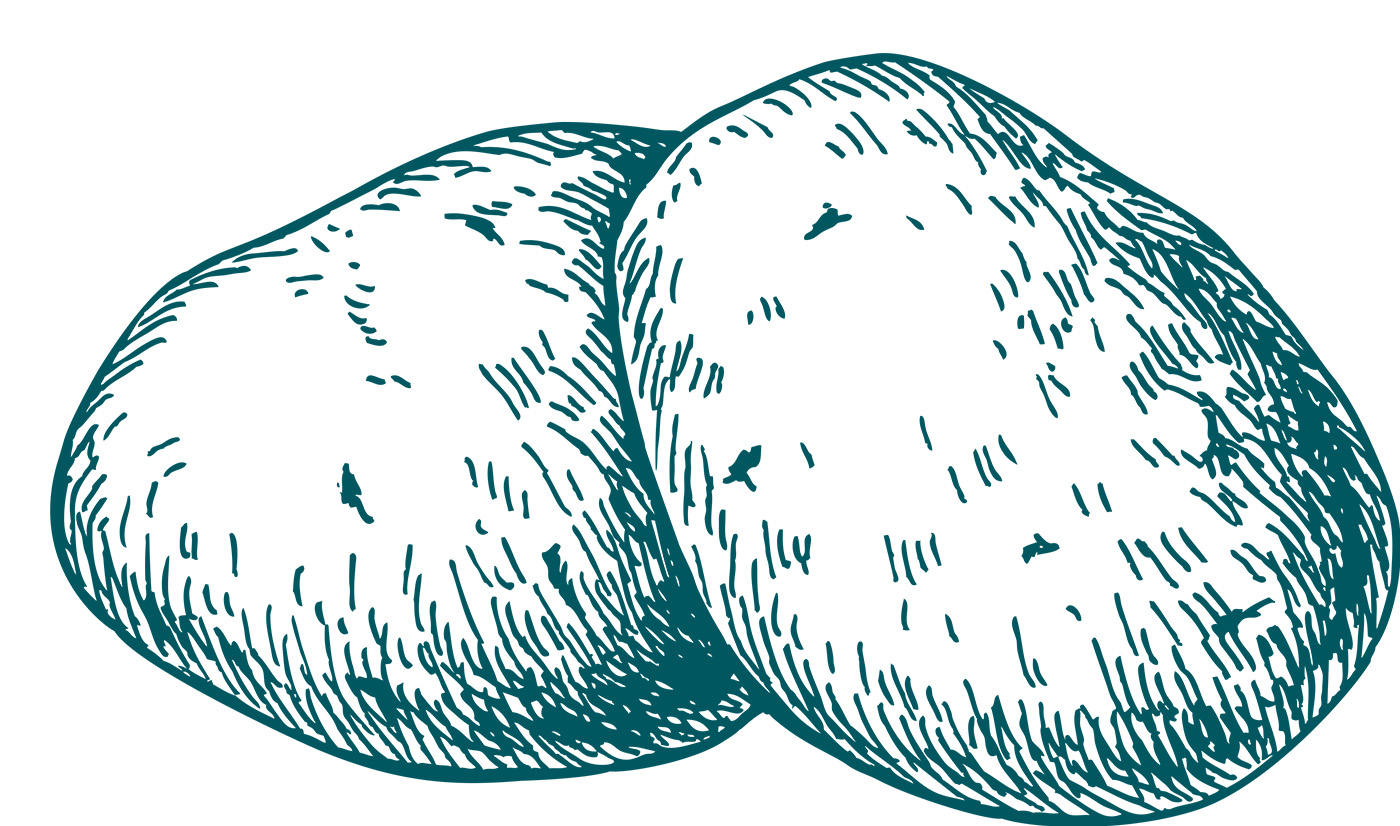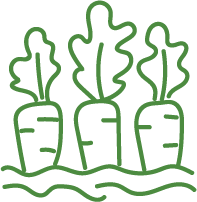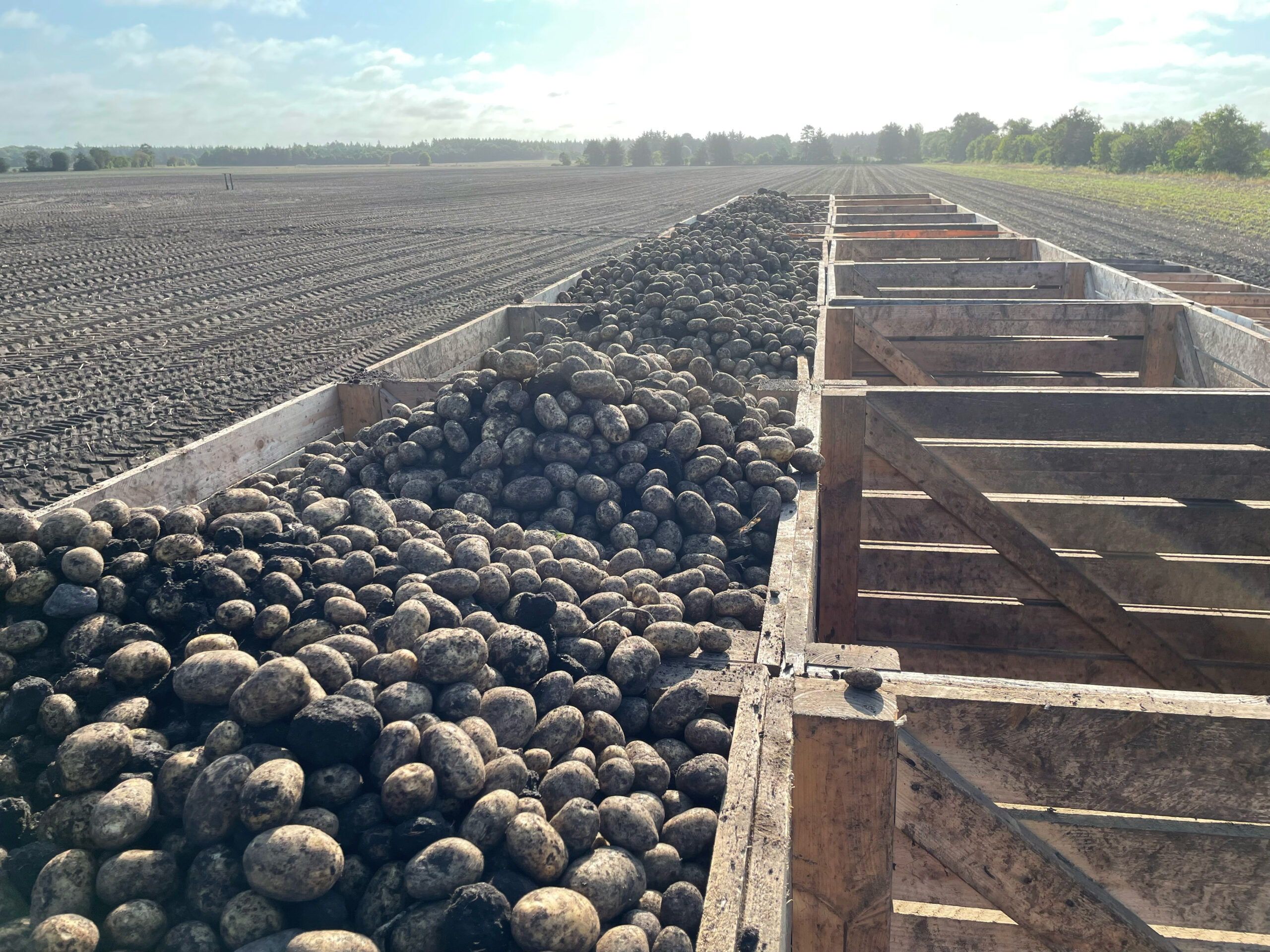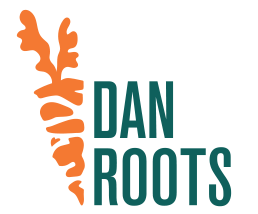organic potatoes
Production of potatoes begins in early April, when the pre-sprouted potatoes are placed in the ground. It is important that the soil has the right moisture and temperature.
When potatoes have achieved the right size, the tops are cut to stop the growth. The potatoes remain in the soil until harvest around October.
Some of the potatoes that have been harvested are placed in piles covered with straw, where they are stored during winter.
Organic potatoes grow slower than conventional potatoes, but in return you get delicious and flavorful potatoes that are produced without the use of chemical fertilizers.
Potatoes are full of fiber, vitamins and minerals. You get a high nutritional value in potatoes and you achieve great satiety for fewer calories compared to pasta and rice, for example. Potatoes are also a source of vitamin C and dietary fiber, and vitamin C contributes to the normal function of the nervous system and the formation of collagen.


Seasonal
June-May

Storage
Dark and cool. Preferably in the fridge’s crisper drawer.
assortment of potatoes
The assortment of potatoes ranges from early sorts such as SOLIST to sorts as DITTA that continues into the fall season. All sorts have different taste, texture and properties depending on the way they are cooked.

How to use
Potatoes are familiar in most Danish kitchens. Potatoes are satisfying and they are great for use in stews, soups, salads and side dishes.
Potatoes can be boiled, baked, mashed and fried. They can also really absorb flavor, making them ideal in salads with vinaigrette or pesto dressing, for example.
Potatoes are much more than just a side dish, so don’t hesitate to use potatoes for your next meal.
We always recommend that root vegetables are washed well before cooking to avoid soil bacteria in the kitchen.
